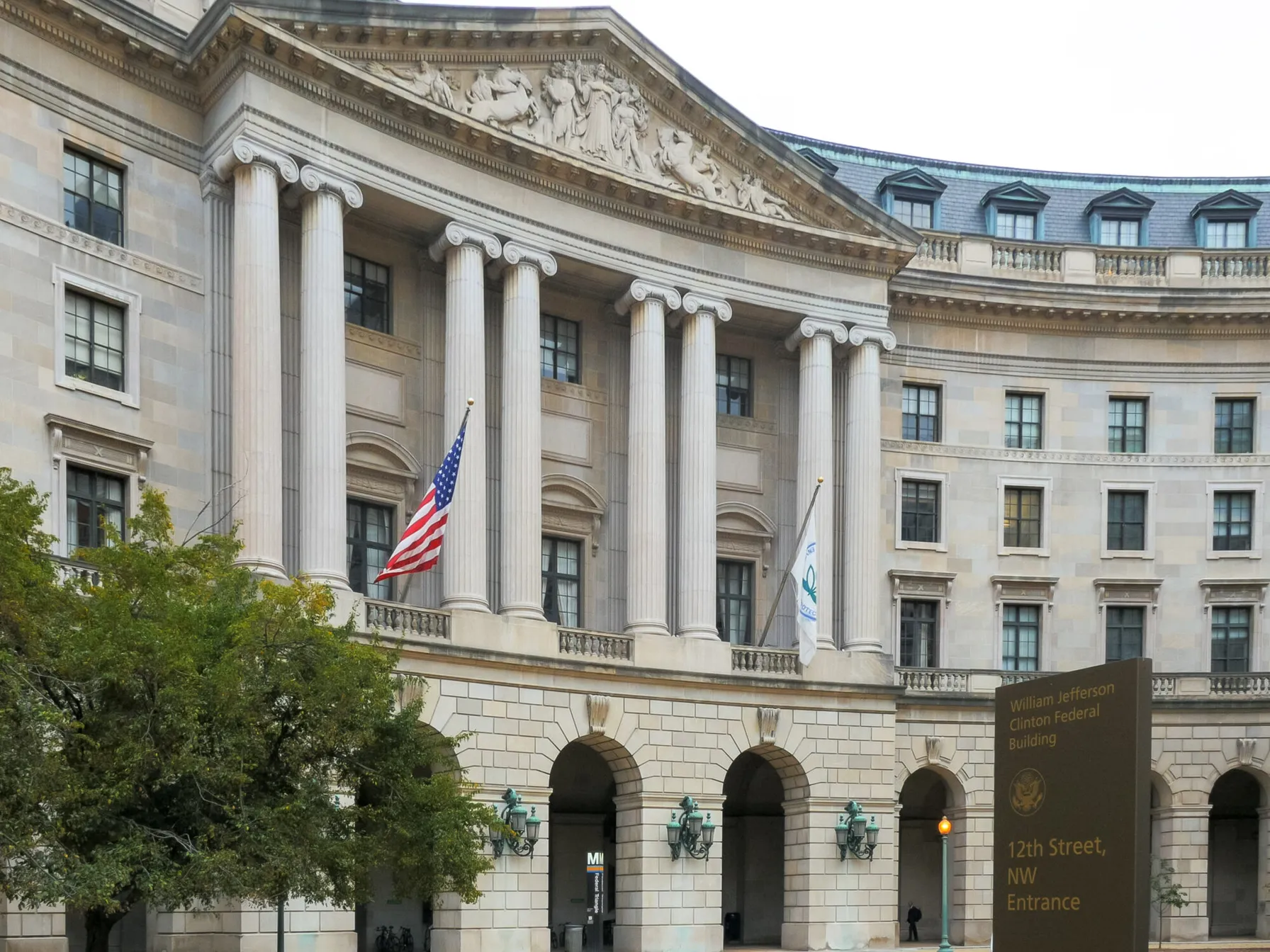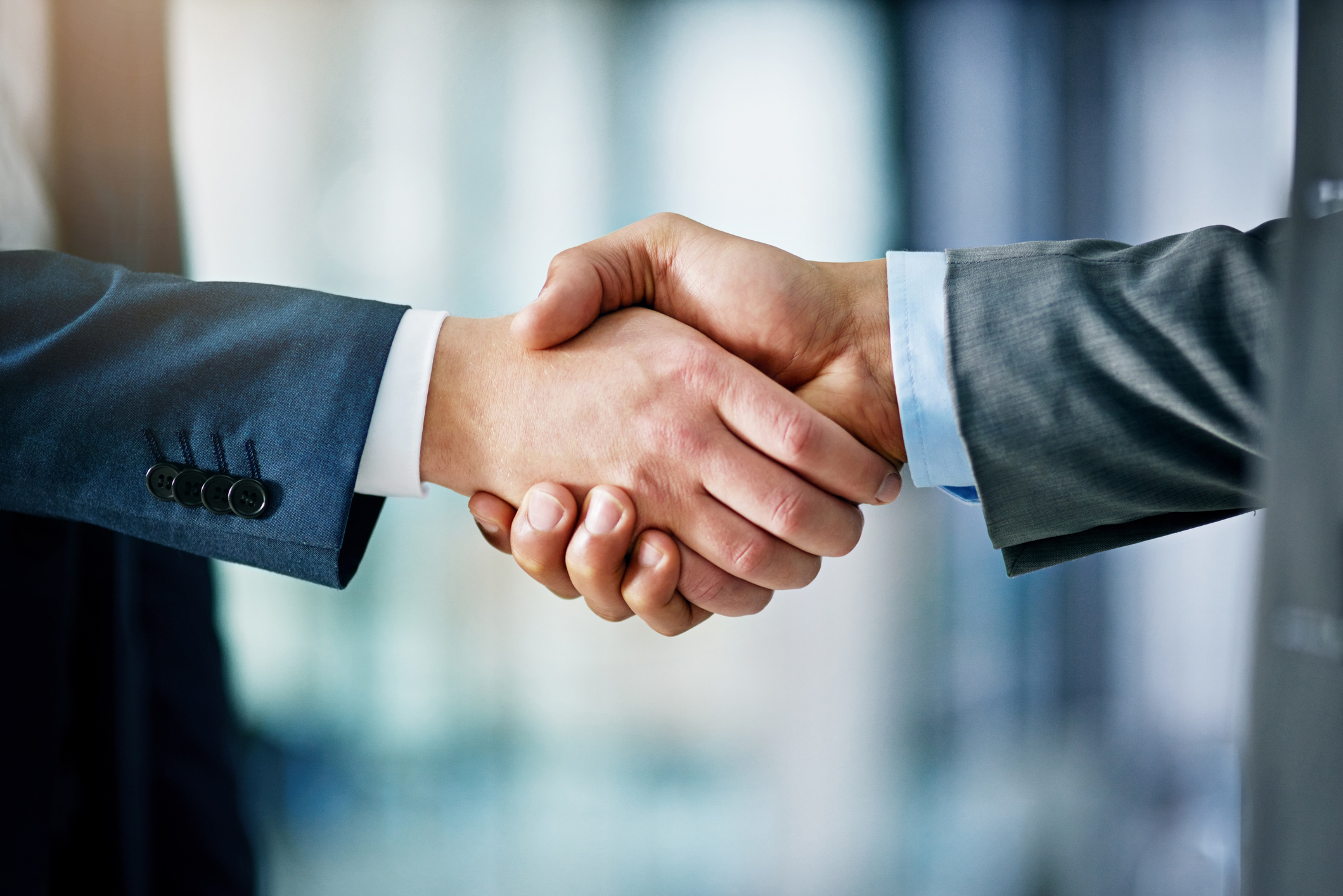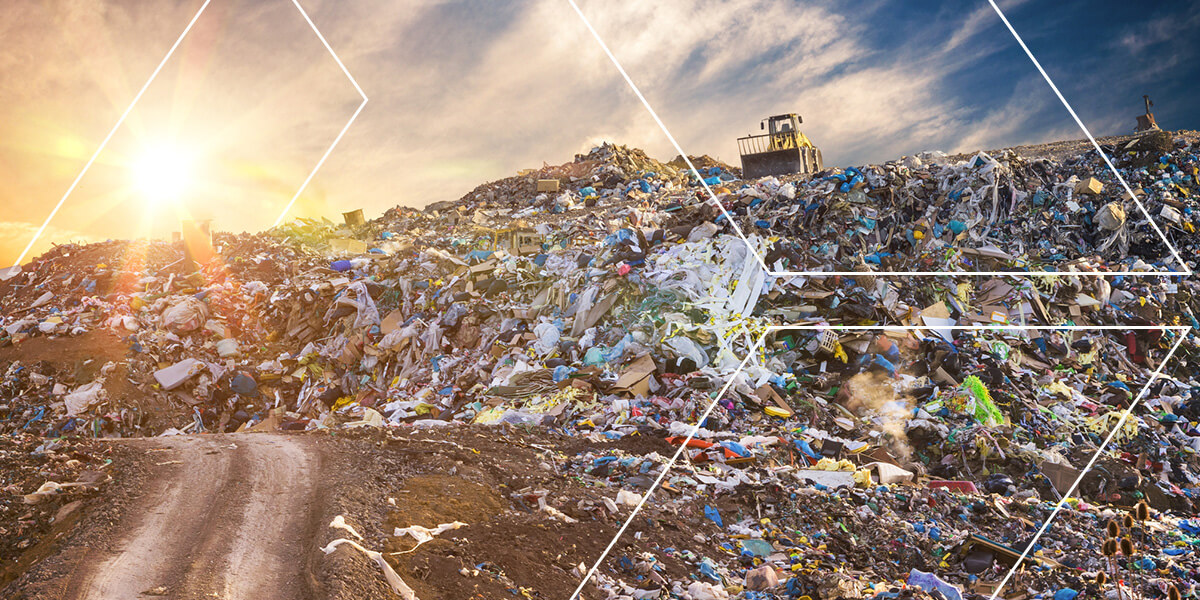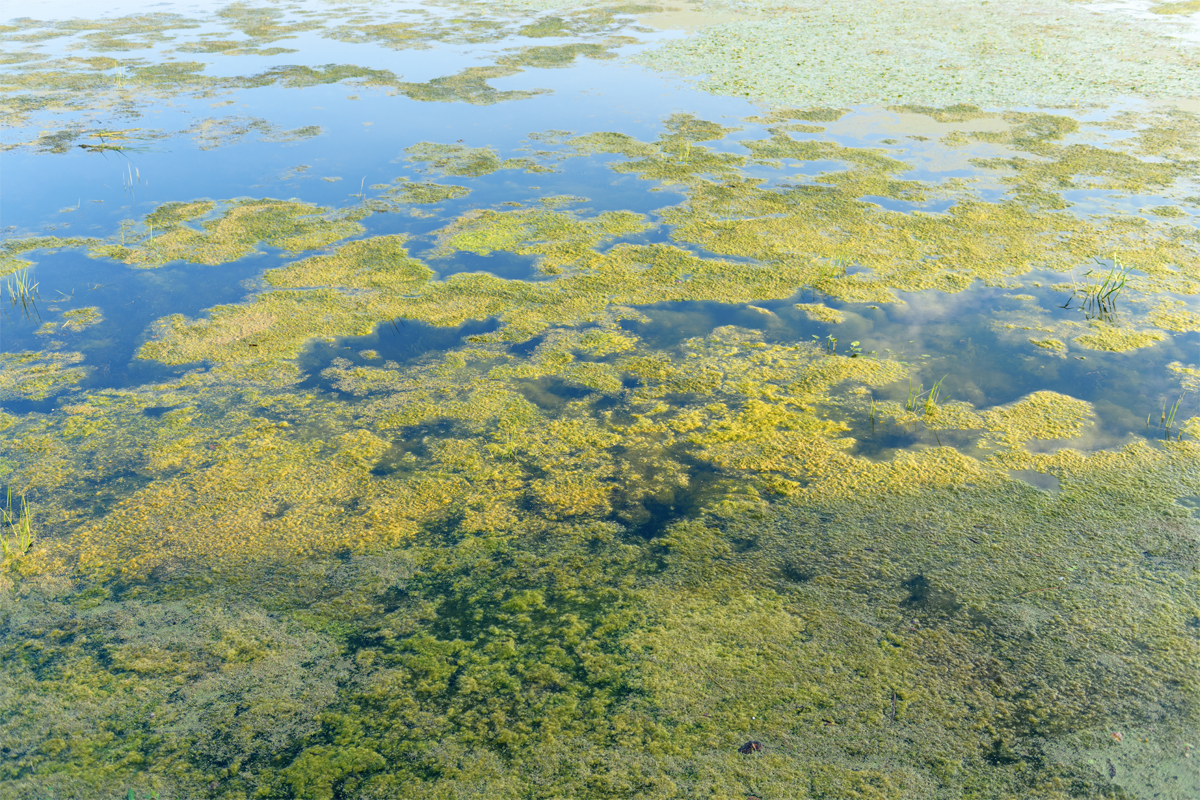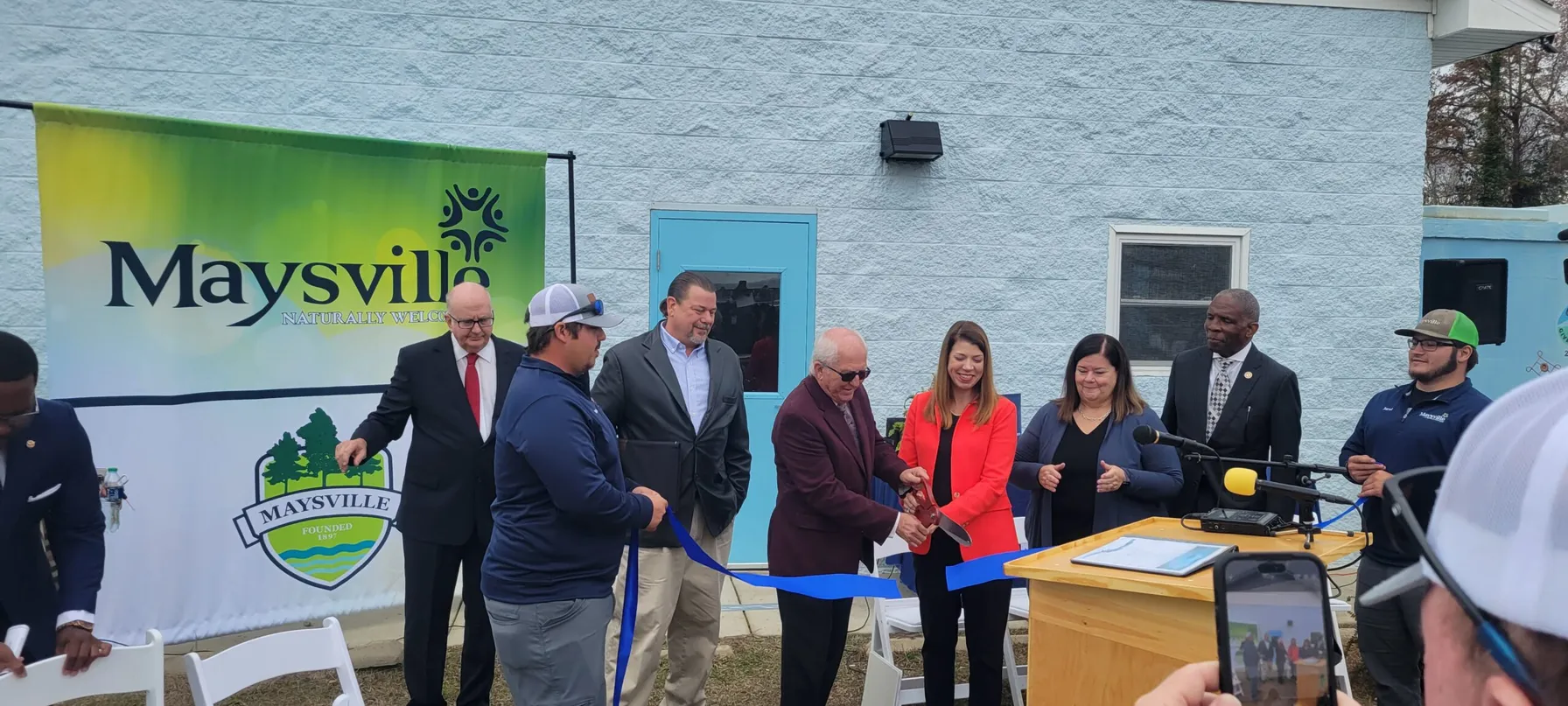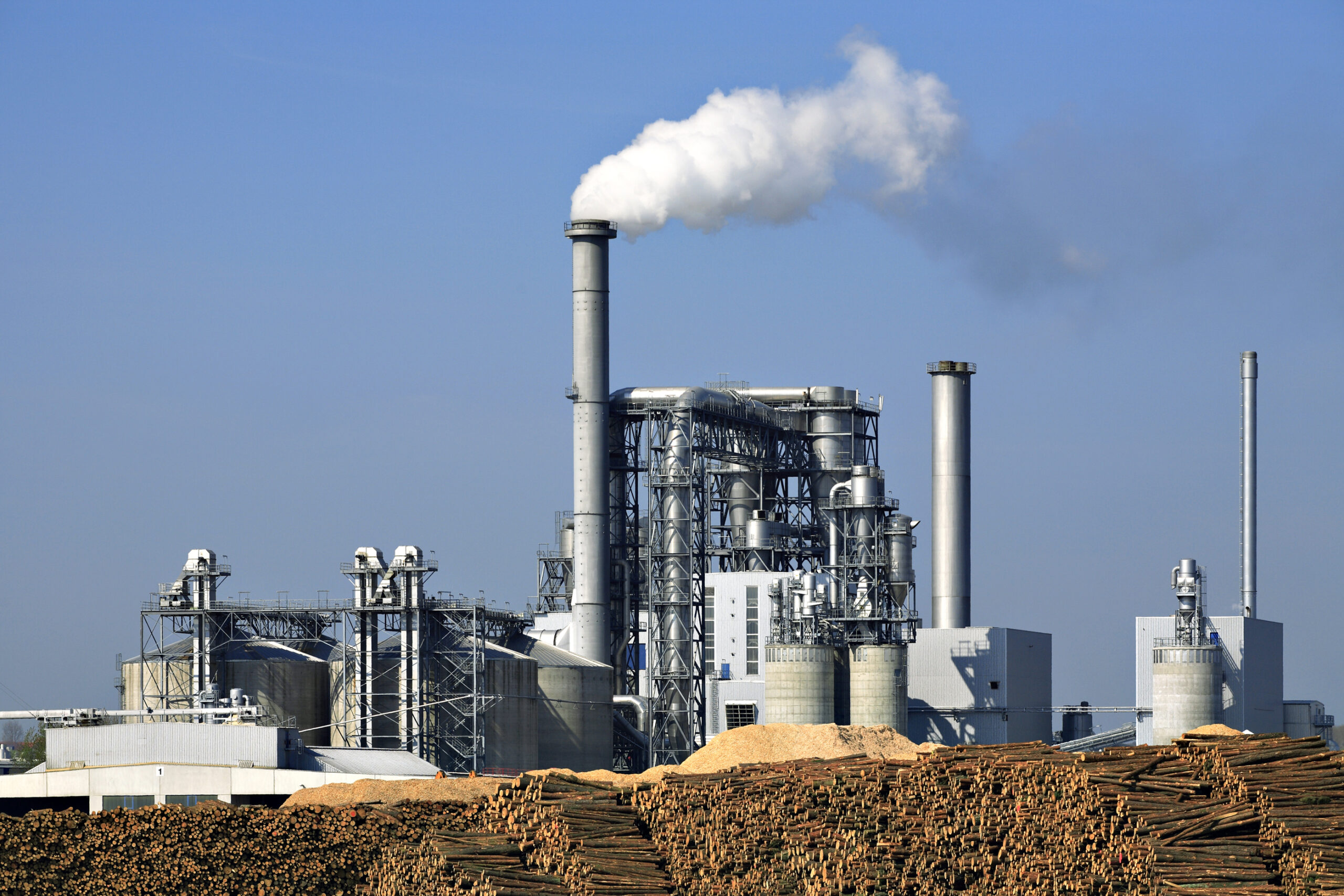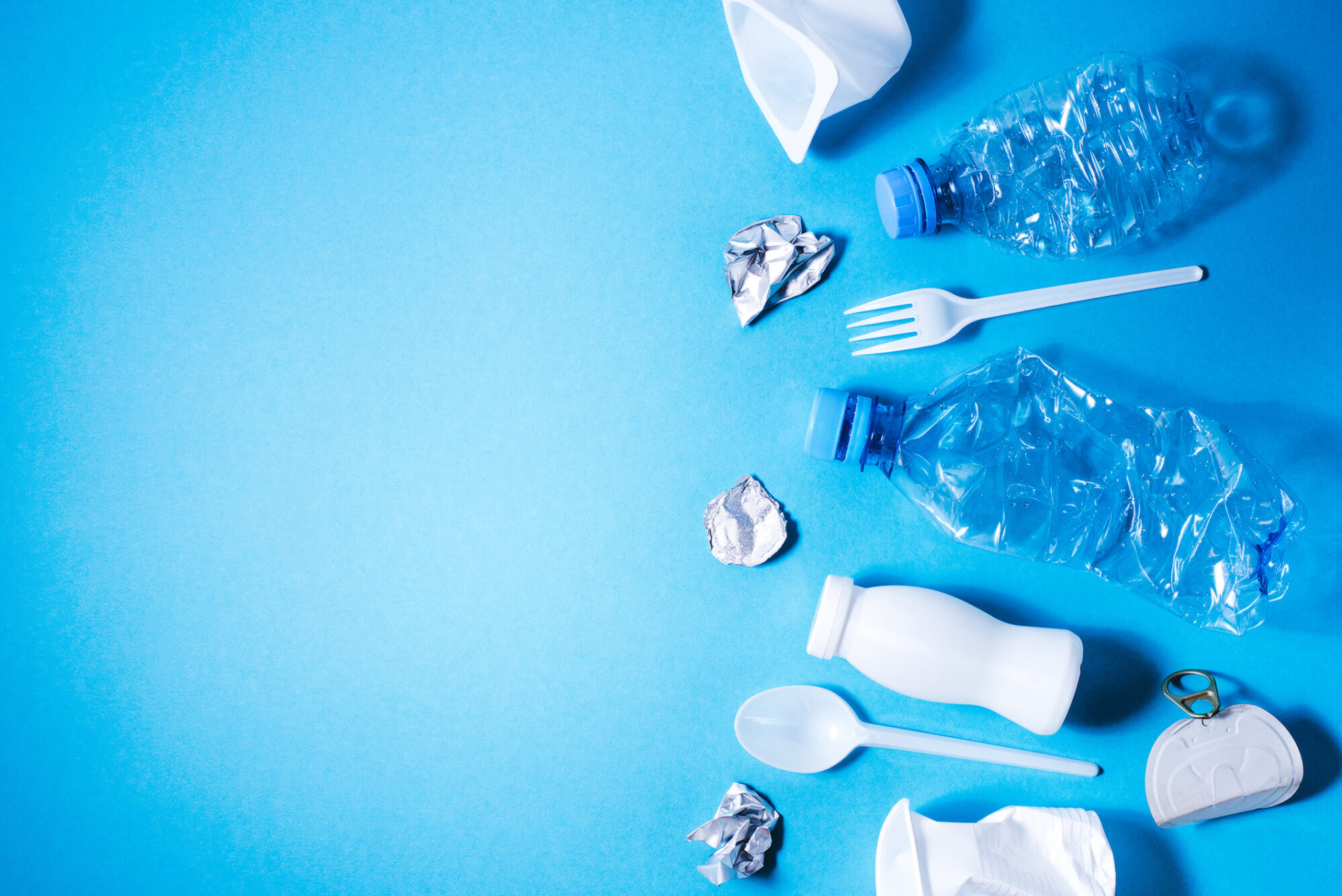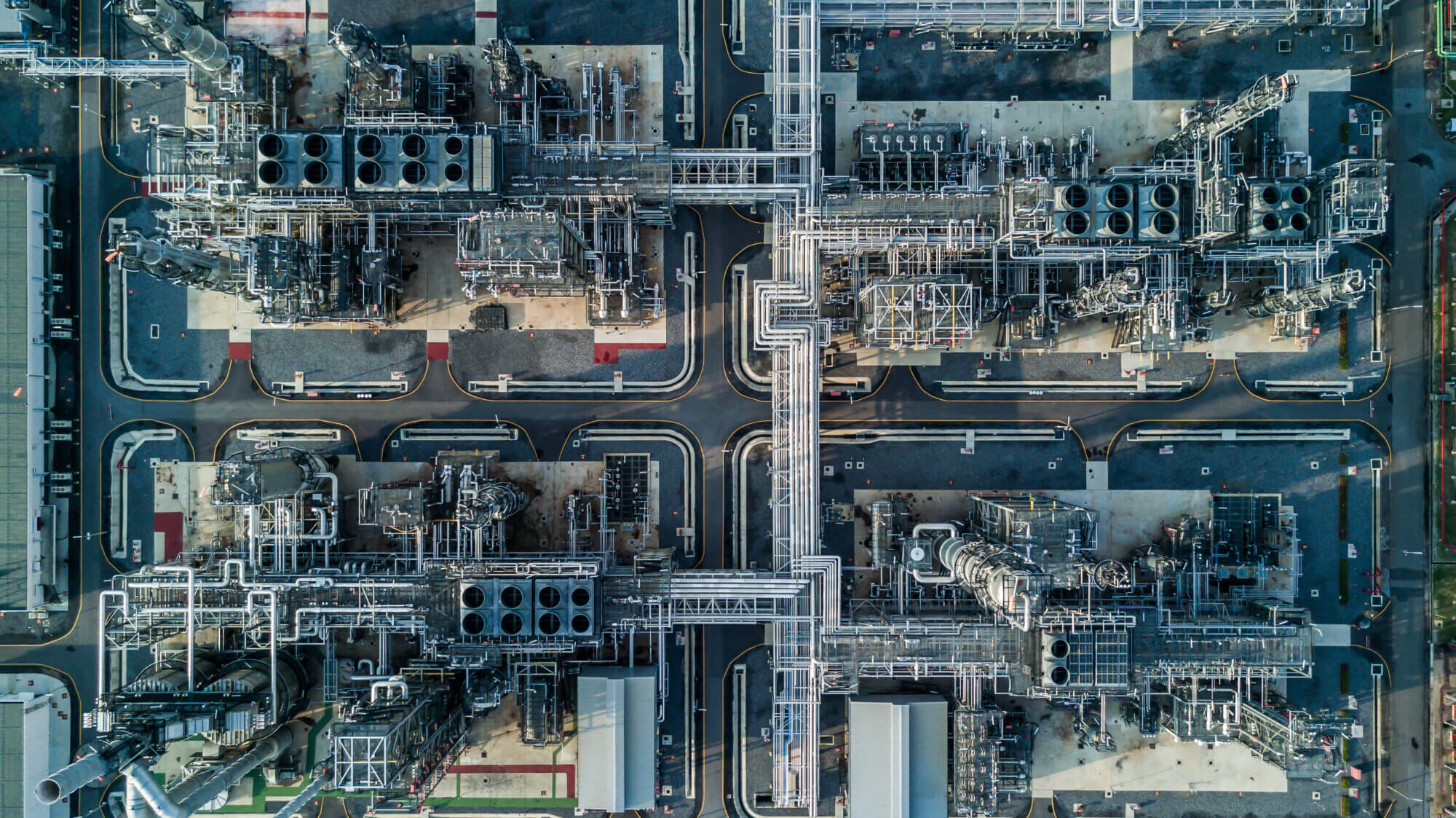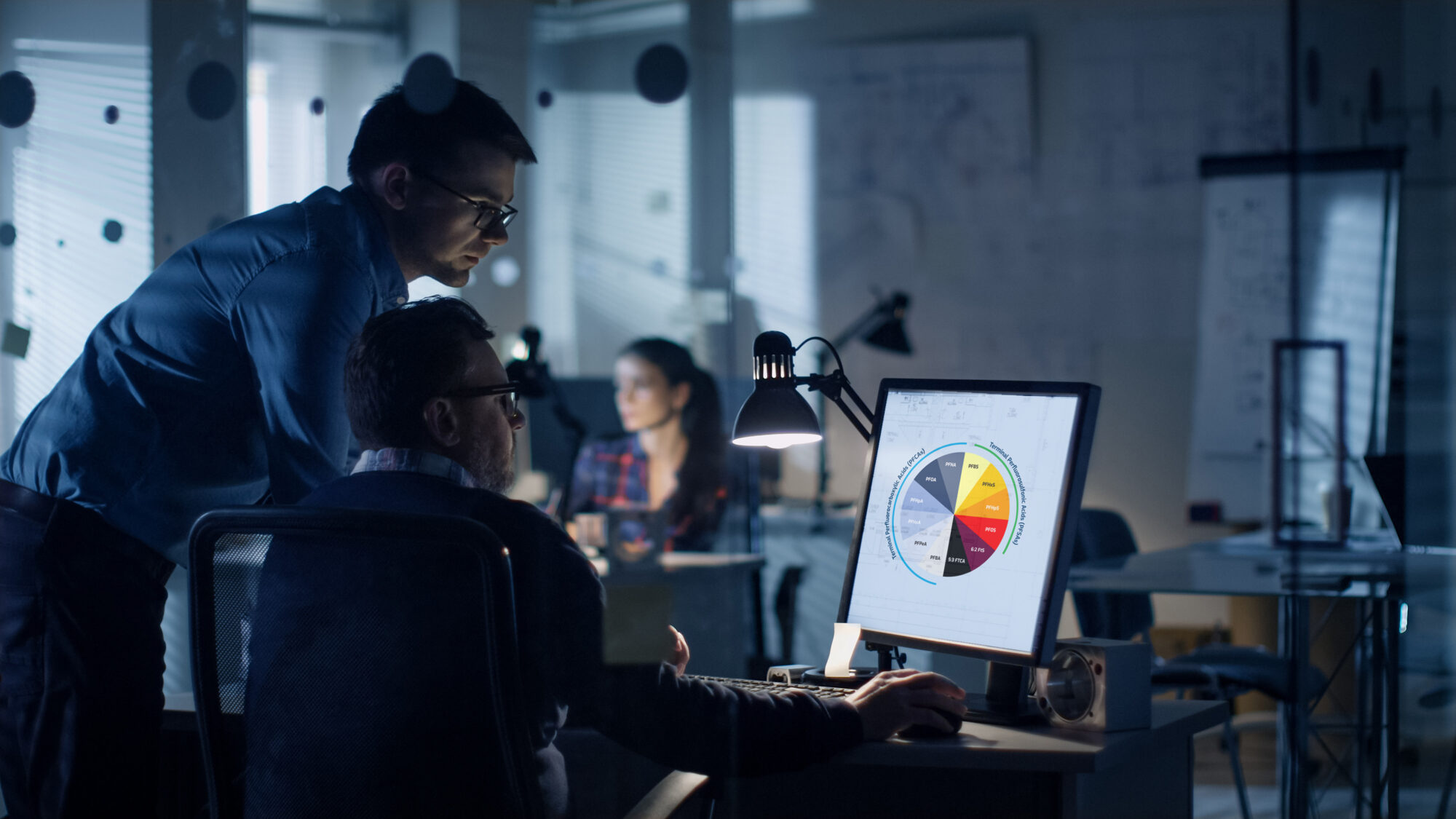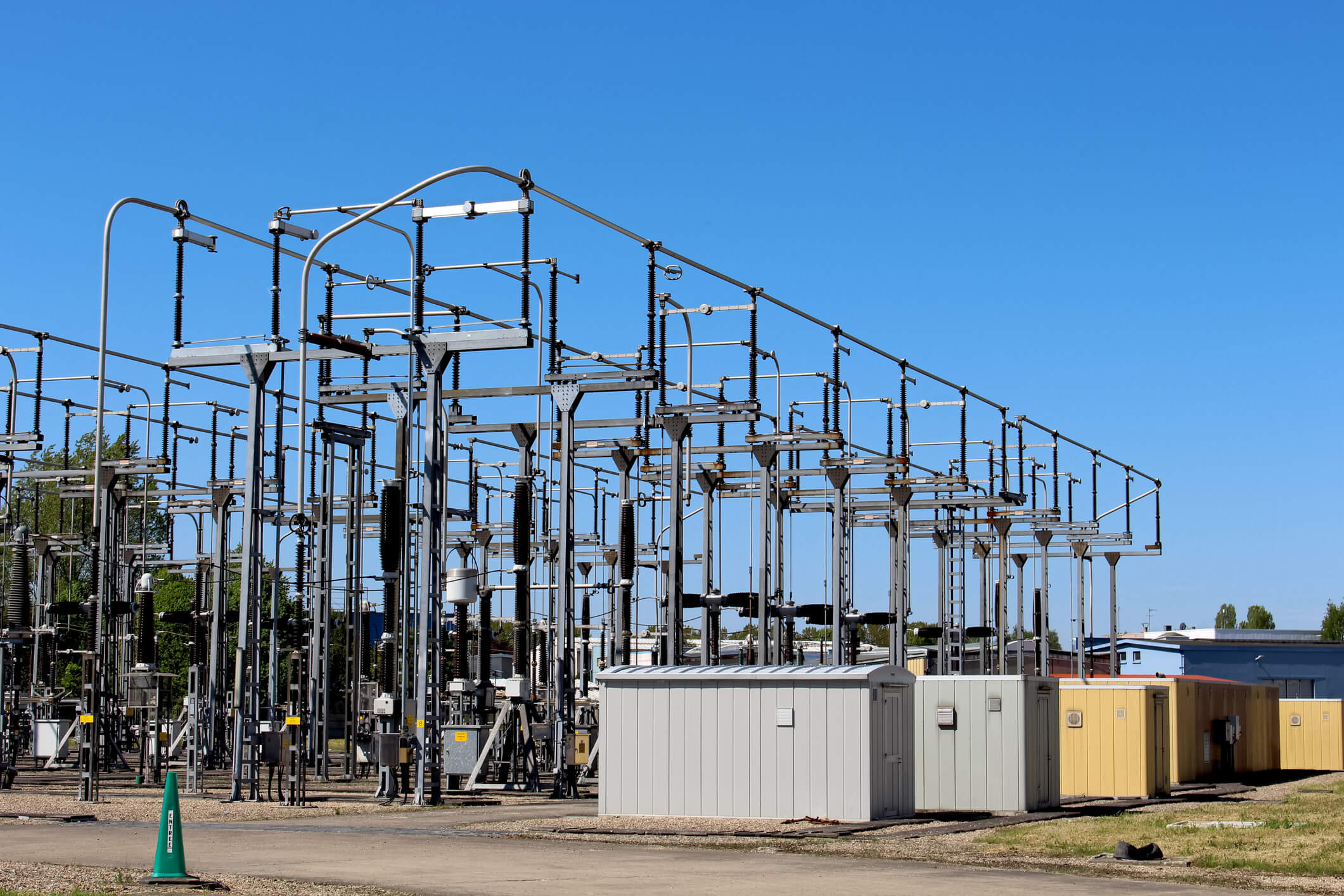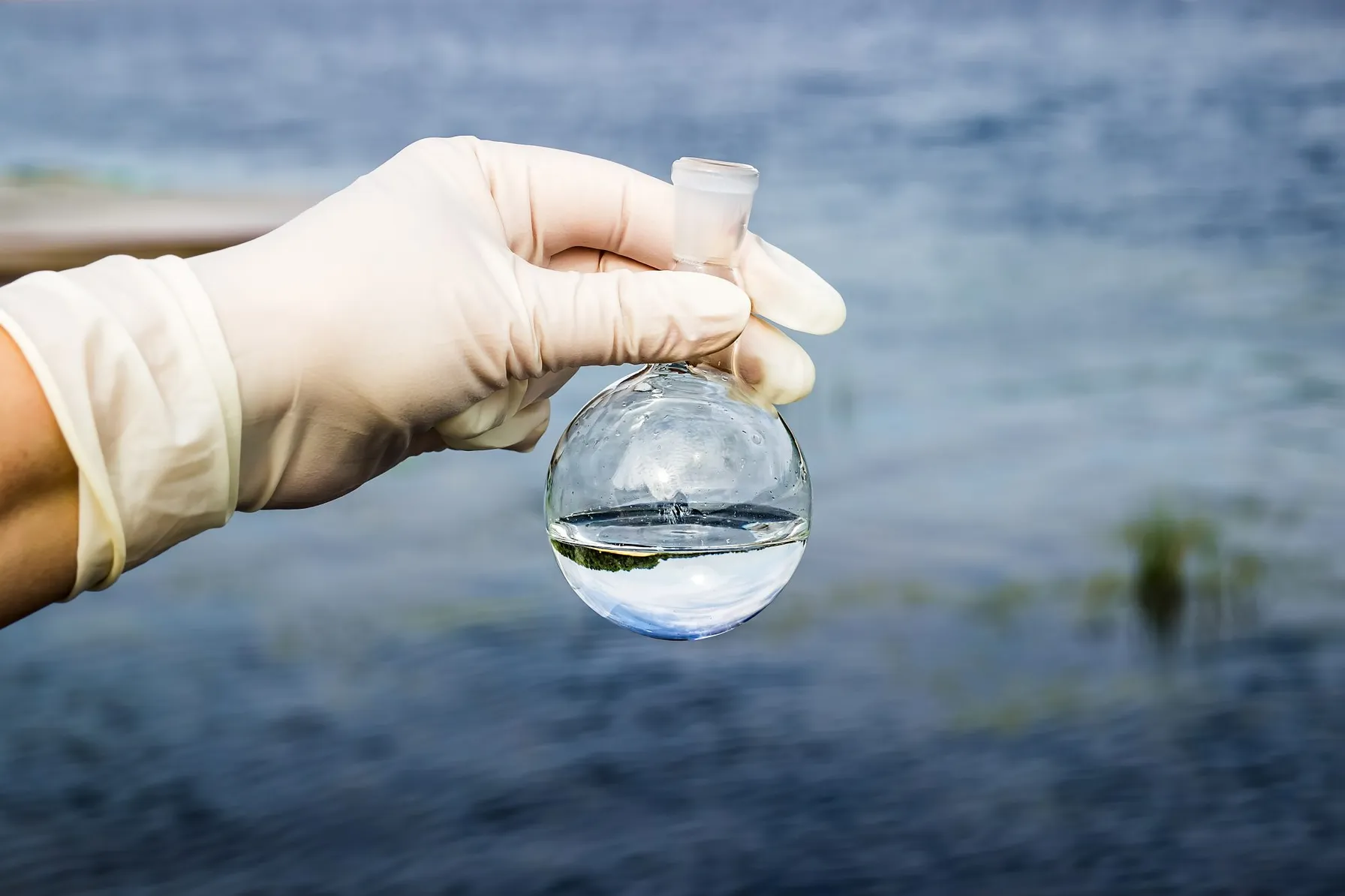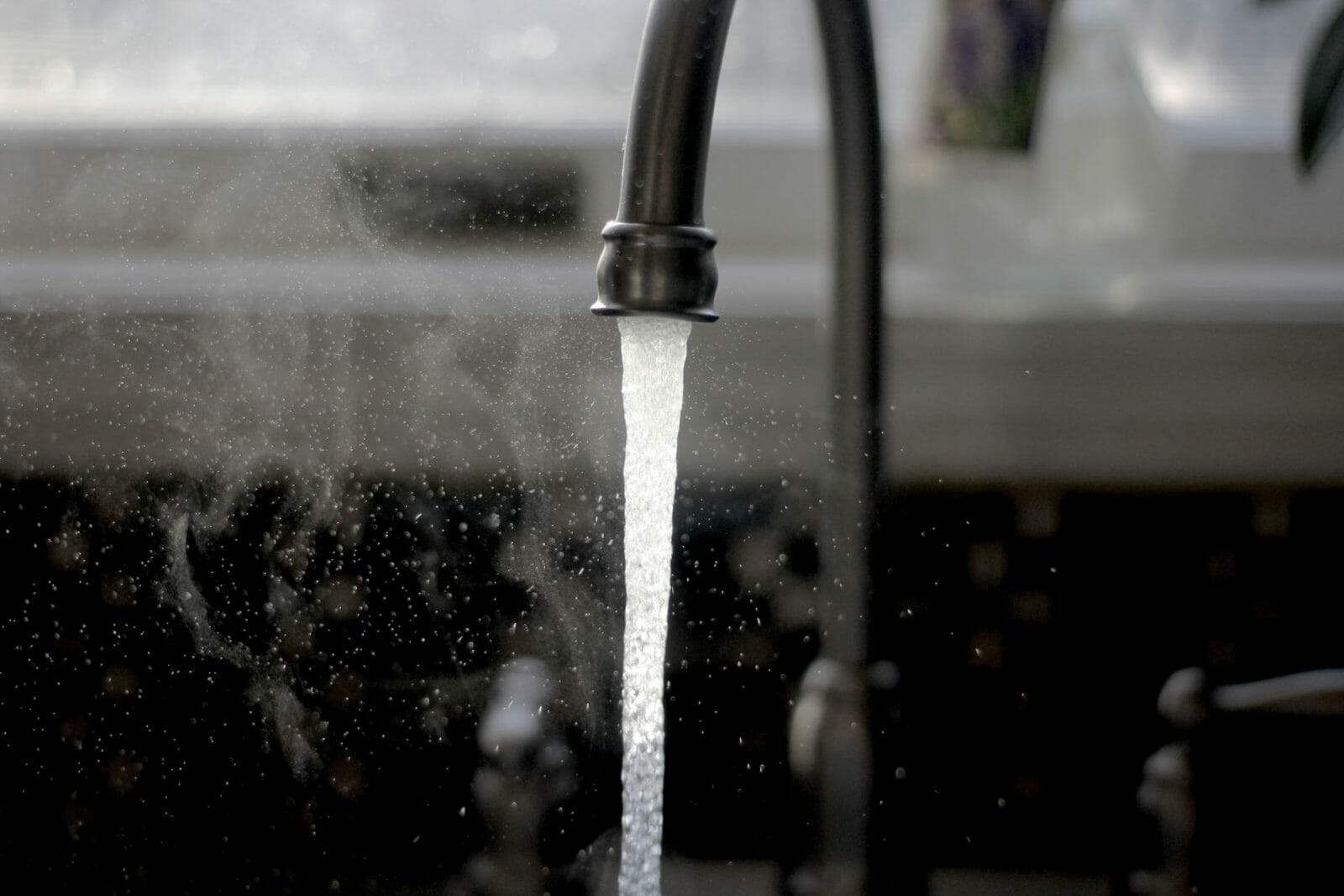Per- and polyfluoroalkyl substances (PFAS) are a generic family of consumer product chemicals that are heat, grease, stain, and water resistant. Under certain conditions (e.g., industrial stack emissions, fire suppression, incineration, or combustion), PFAS are emitted into the atmosphere and can be transported globally, as shown in Figure 1.
There are various challenges related to quantifying airborne PFAS, including identifying emission sources, adequately performing complex PFAS test methods while avoiding contamination, as well as understanding atmospheric transformation and deposition. Let’s briefly discuss how to evaluate air emissions as a potential health concern.
Related Services
 Identifying Emissions Source
Identifying Emissions Source
The extent of atmospheric fate and transport depends on the factors related to the PFAS emission source and topography, including:
- How tall is the emission source? Is it a ground level fire suppression system or an industrial stack emission hundreds of feet above ground?
- What is the temperature of the emission source? Manufacturing processes that bake PFAS onto consumer products result in warmer emissions that will tend to rise in the atmosphere vs. ground level fire suppression system.
- What type of PFAS are emitted into the atmosphere? PFAS vapors are mostly neutral fluorotelomer alcohols (FTOHs), which tend to make up most PFAS present in the atmosphere over urban areas, open oceans, and remote areas. PFAS particles are also emitted into the atmosphere (e.g., perfluorooctanoic acid (PFOA) sorbs to smaller particles; perfluorooctane sulfonic acid (PFOS) sorbs to larger particles); however, they make up a much smaller portion of atmospheric PFAS.
- What kind of topography is near the emission source? PFAS tend to travel further where the topography is flat (no hills or mountains to cause PFAS deposition).
Figure 1: PFAS Conceptual Site Model for Industrial Emission Sources.
Source: June 2022’s ITRC PFAS Guidance, § 9: Site Risk Assessment, Fig 9-2. Credit: L Trozzolo, TRC
Atmospheric Transformation of PFAS
While in the atmosphere, the transformation of neutral FTOH into perfluoroalkyl carboxylic acids (PFCAs) and perfluorosulfonic acids (PFSAs), such as PFOA, perfluorononanoic acid (PFNA) and PFOS occurs through exposure to sunlight and oxygen, which can take place over days to weeks. The long atmospheric residence time of FTOH allows for long-range transport (LRT) of FTOH and its transformed products to remote areas, including the Arctic and Antarctic.
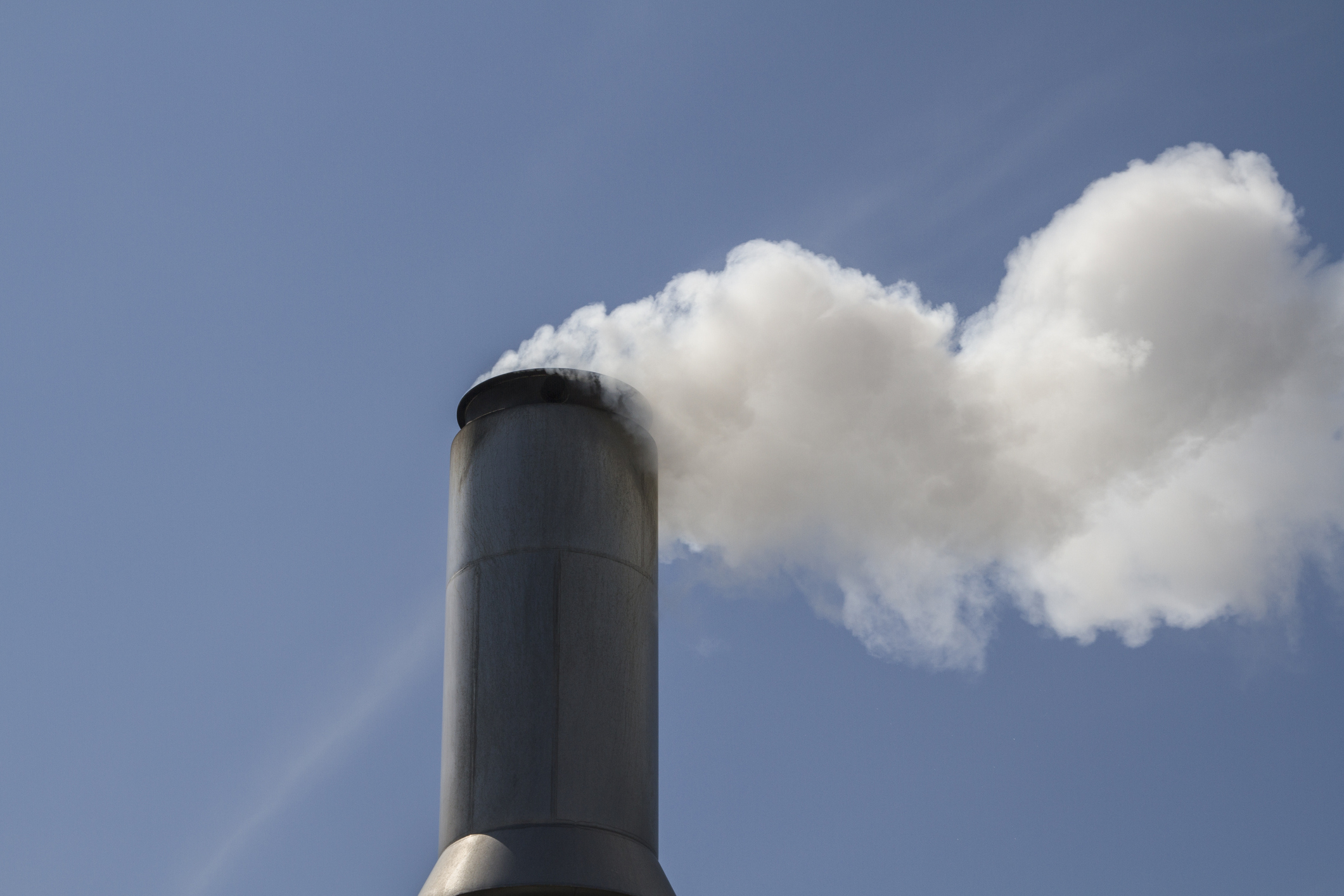
Atmospheric Deposition – What Goes Up, Must Come Down
Deposition of PFAS occurs by either wet deposition through precipitation or dry deposition. Deposition occurs over a period of a few days (for particulates) to a few weeks (for vapors).
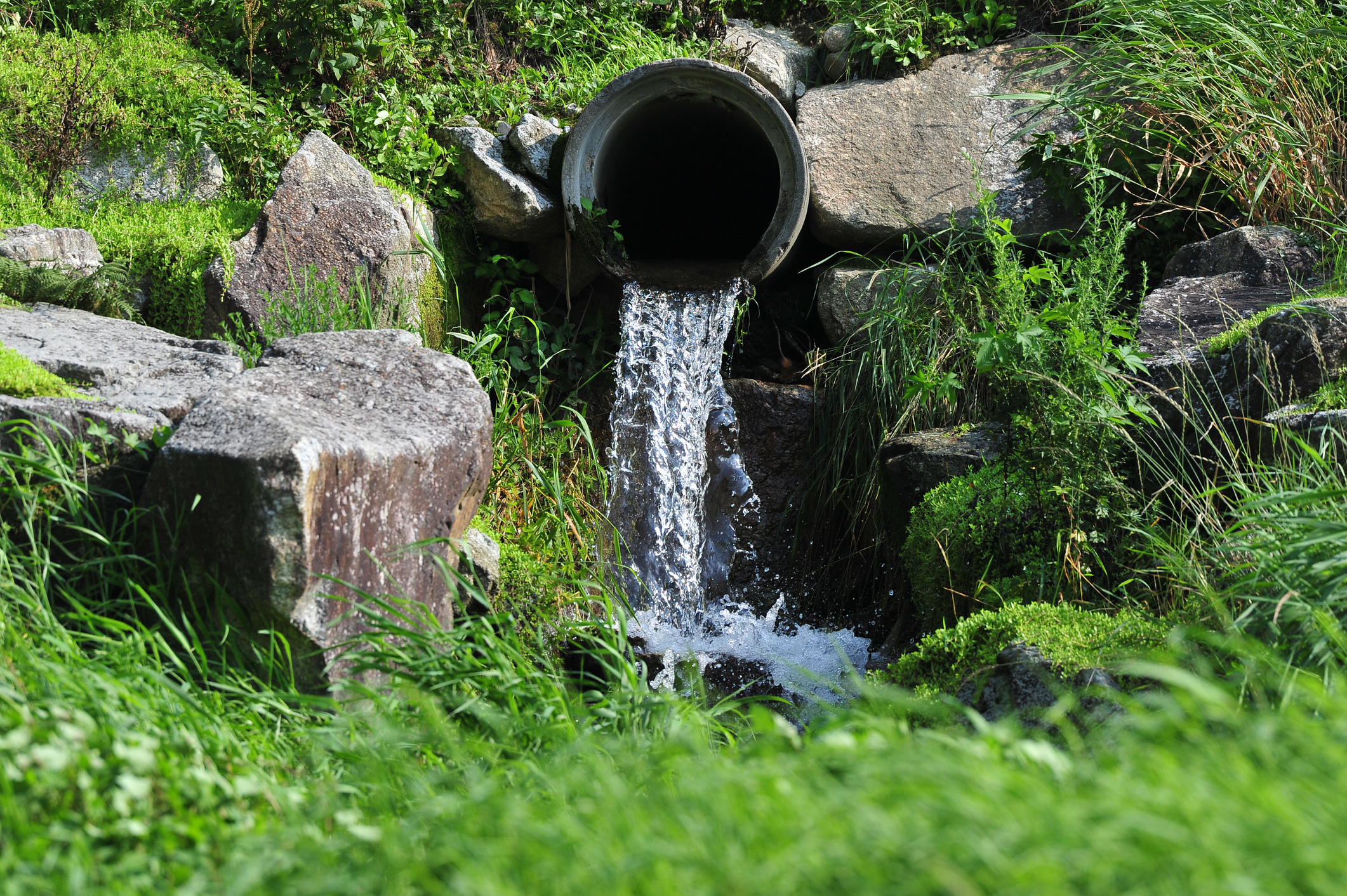
Regulating Air Emissions
Now that we understand atmospheric fate and transport of PFAS, how are air emissions currently regulated?
- November 30, 2023: The 189 currently listed PFAS are no longer eligible for de minimis exemption related to Toxic Release Inventory (TRI) reporting.
- August 2023: The Federal Register proposal plans to update the Air Emissions Reporting Requirements (AERR) to mandate the collection of certain additional emissions data critical to conducting analyses related to air quality, risk assessment, and various regulatory and non-regulatory activities.
The Environmental Protection Agency (EPA) is in the process of categorizing PFAS as Hazardous Air Pollutants (HAPs) through the Protect Act of 2022. This house bill mandates the EPA to designate all PFAS as HAPs under the Clean Air Act.

Evolving PFAS Air (Stack) Emission Sampling and Analysis Methods
Air emissions are sampled and analyzed using Other Test Methods (OTMs). First documented in 2021 (USEPA, 2021), OTM-45 is the first PFAS air emissions test method for stationary source air emissions. This method can analyze 50 semi-volatile and non-volatile compounds in gaseous and particulate-bound media. Currently, OTM-45 cannot measure non-polar PFAS; however, method modifications to capture non-polar species are occurring. OTM-50 is currently under development for non-polar volatile PFAS compounds using whole air canisters, and OTM-55 is under development for non-polar, semi-volatile and non-volatile PFAS compounds, including FTOHs and products of incomplete combustion or destruction (PICs or PIDs).
OTM-45 is not subject to federal rulemaking, but is EPA-reviewed and EPA-verified, which provides regulatory agencies and the public with a dependable analytical method at the moment. EPA announced that revisions will continue for all OTMs, ensuring PFAS air emission sampling and analysis methods will improve and evolve.

Next Steps
The presence of PFAS in air poses multiple challenges regarding source identification, analytical methods and how to manage air emissions as a potential health concern. These challenges highlight the need for airborne risk-based guidance, establishing air screening levels and inhalation toxicity information (inhalation toxicity values are currently not available). While the introduction of the Other Test Method (OTM-45) marks a crucial step in quantifying PFAS air emissions for polar PFAS, ongoing modifications and development of OTM-50 and OTM-55 will expand air/emission analysis to non-polar PFAS.
One day soon, we will be able to quantify human health and ecological concerns associated with air emissions and atmospheric transport of PFAS. With more than 200 air quality management professionals operating from a network of over 30 offices, TRC is able to support your PFAS emissions measurements and reporting needs.
Sharing Our Perspectives
Our practitioners share their insights and perspectives on the trends and challenges shaping the market.
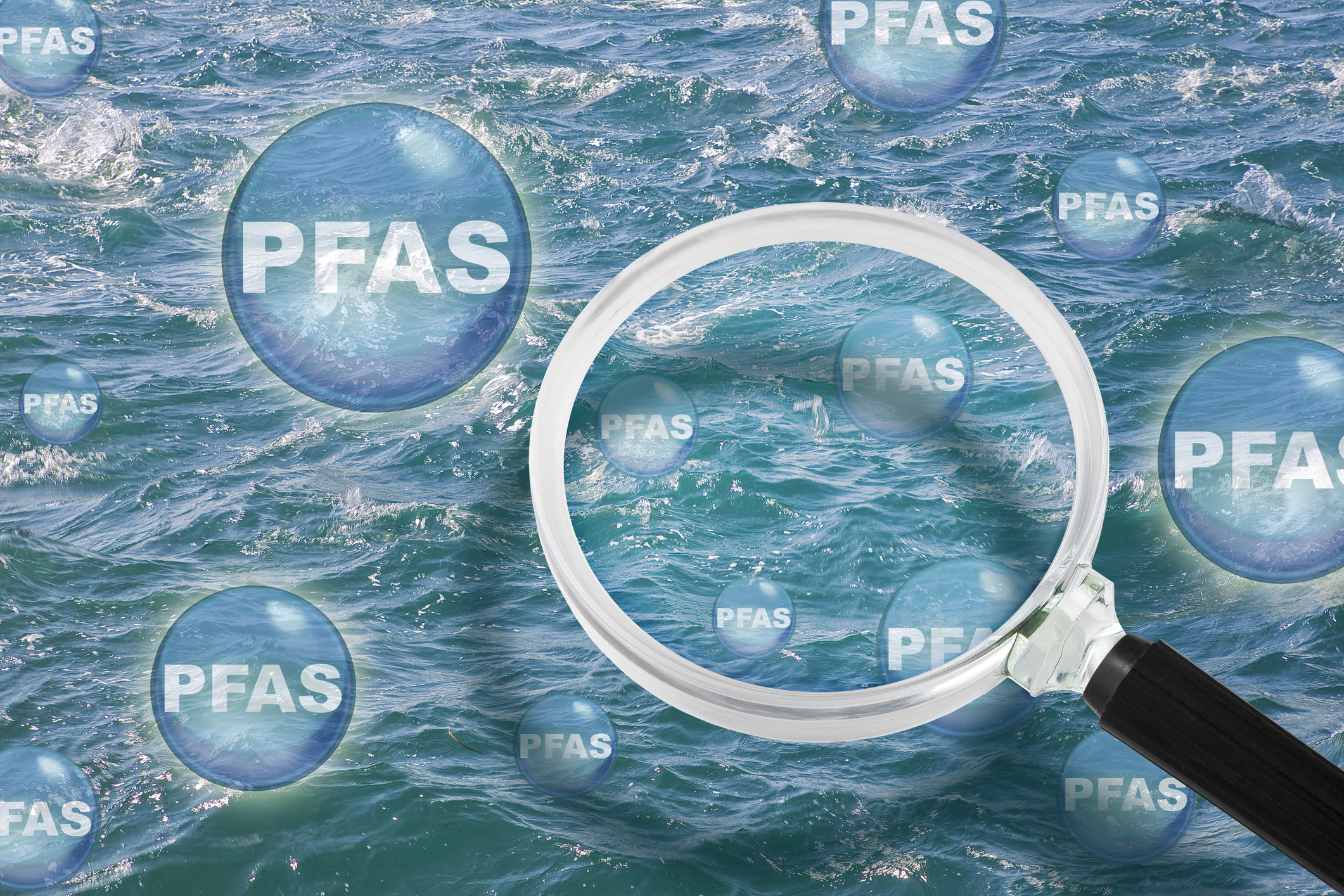
Wisconsin PFAS Status & Regulatory Update
September 10, 2024
The awareness and emphasis on per- and polyfluoroalkyl substances (PFAS) as an “emerging contaminant” have led to the rapid and on-going evolution of the regulatory landscape at both the federal and state level.
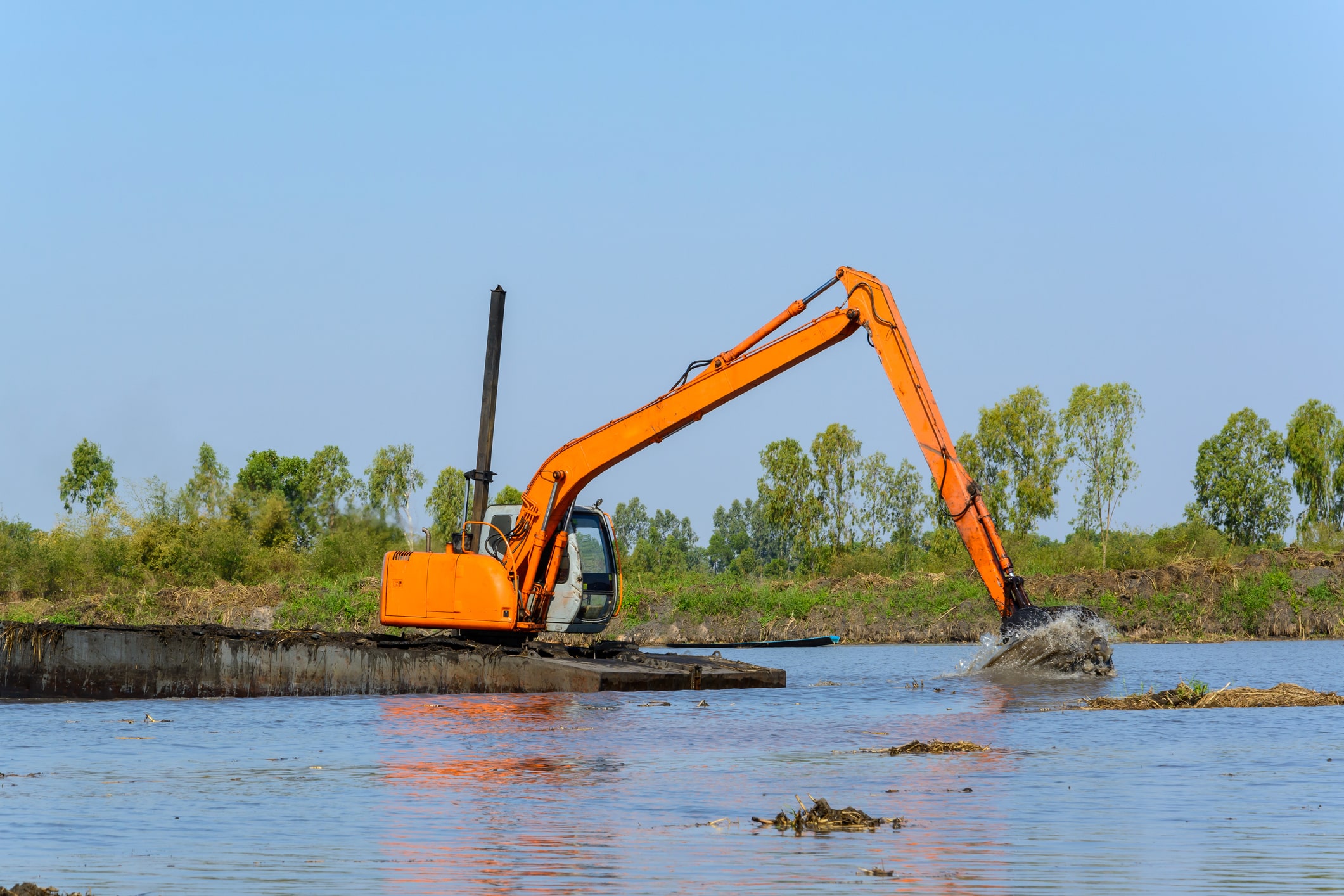
Treatment of PFAS to Allow for Beneficial Use of Impacted Dredged Sediments
July 18, 2024
Approximately 200 to 300 million cubic yards of sediment are dredged each year by the US Army Corps of Engineers (USACE) and other federal interests (USEPA, 2007).

Coming at You Fast – The Latest on RCRA and PFAS Regulations
March 1, 2024
The EPA published its Proposed Rule for Listing of Specific PFAS as Hazardous Constituents under the Resource Conservation and Recovery Act (RCRA).

New EPA Rule Impacts PFAS TRI Reporting and Supplier Notifications
November 20, 2023
What Affected Facilities Need to Know About Applicability, Reporting Changes and Deadlines

EPA Proposes Changes to Air Emissions Reporting Requirements (AERR)
August 30, 2023
The EPA is proposing updates to their Air Emissions Reporting Requirements (AERR) through amendments to 40 CFR Parts 2 and 51.

How Does PFAS Contamination Impact the Environment?
August 11, 2023
PFAS are widely used in the production of numerous products. Some PFAS chemicals are the by-product of manufacturing processes. As a result, PFAS contamination is widespread, with PFAS being found nearly everywhere in the world.

Helping Airports Identify and Mitigate PFAS Risks
May 30, 2023
This white paper focuses on some unique strategies and situations we have encountered at some airport sites.

EPA Finds Trichloroethylene Presents Unreasonable Risk in Final Risk Evaluation
April 6, 2023
On Jan 9, 2023, the United States Environmental Protection Agency (EPA) revised the Toxic Substance Control Act (TSCA) to reflect a new risk determination for trichloroethylene (TCE).

Proposed Use of a Hazard Index for PFAS National Primary Drinking Water Regulation (NPDWR)
April 4, 2023
The Proposed MCL and MCLG for the four PFAS, PFNA, PFHxS, GenX, and PFBS, considers their toxicity as additive. The EPA has proposed a HI of 1.0 as the MCL and MCLG for the four PFAS combined.

Proposed MCLGs and MCLs for PFAS
March 15, 2023
Final Regulatory Determination for Contaminants on the Fourth Drinking Water Contaminant Candidate List
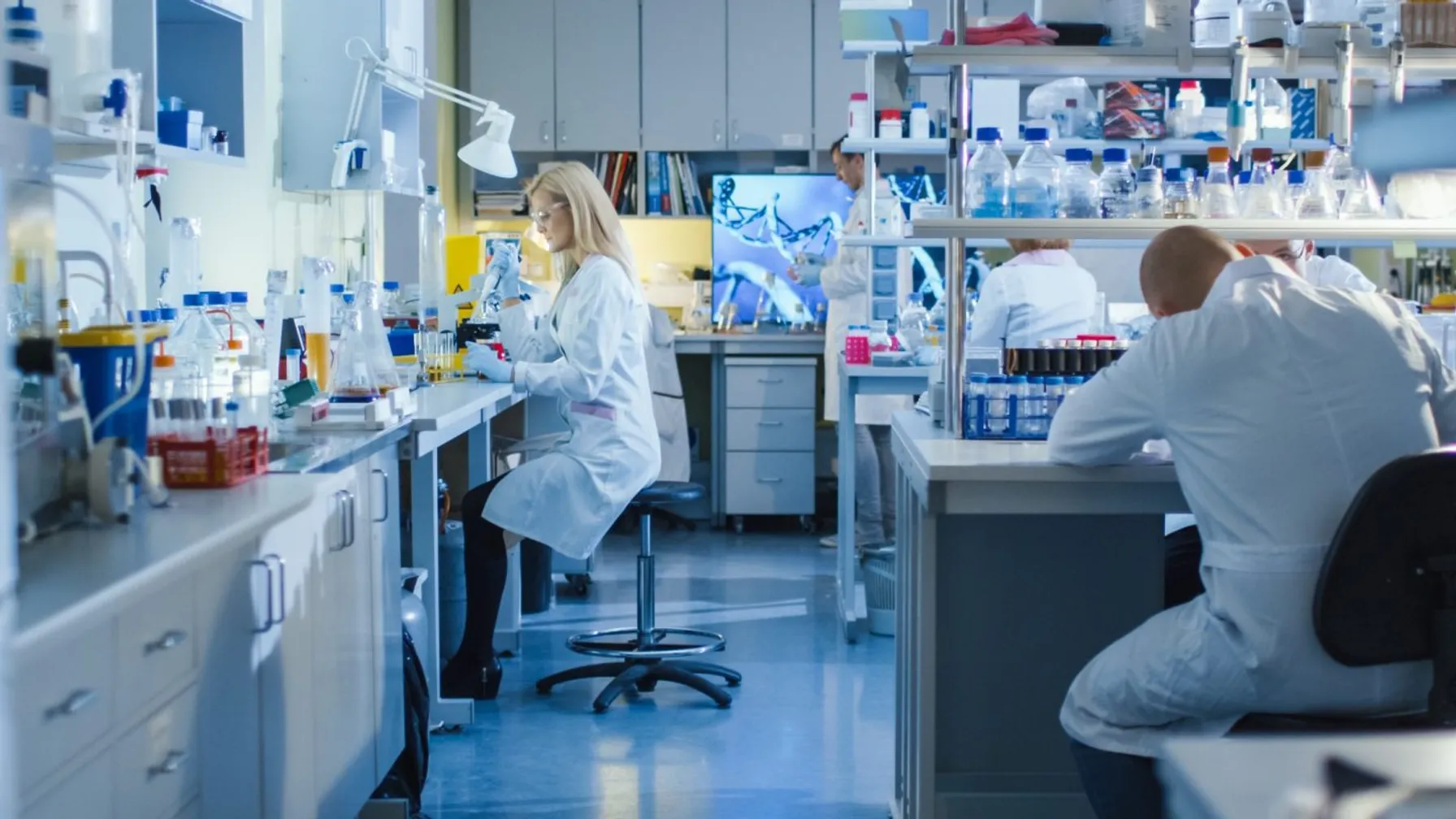
QA and Chemistry Services
February 23, 2023
TRC offers many QA and Chemistry services including data usability assessments, limited and full data validation reports, quality assurance project plan preparation, selection of appropriate analytical methodologies and laboratory audits.

PFAS Fate and Transport
February 23, 2023
Understanding PFAS properties and behavior is key to effective detection and remediation.

PFAS Fate and Transport: Conceptual Site Models
February 23, 2023
The conceptual site model describes site-specific sources, release and transport mechanisms, exposure media, exposure points, exposure pathways and routes and potential human and/or ecological receptor populations.
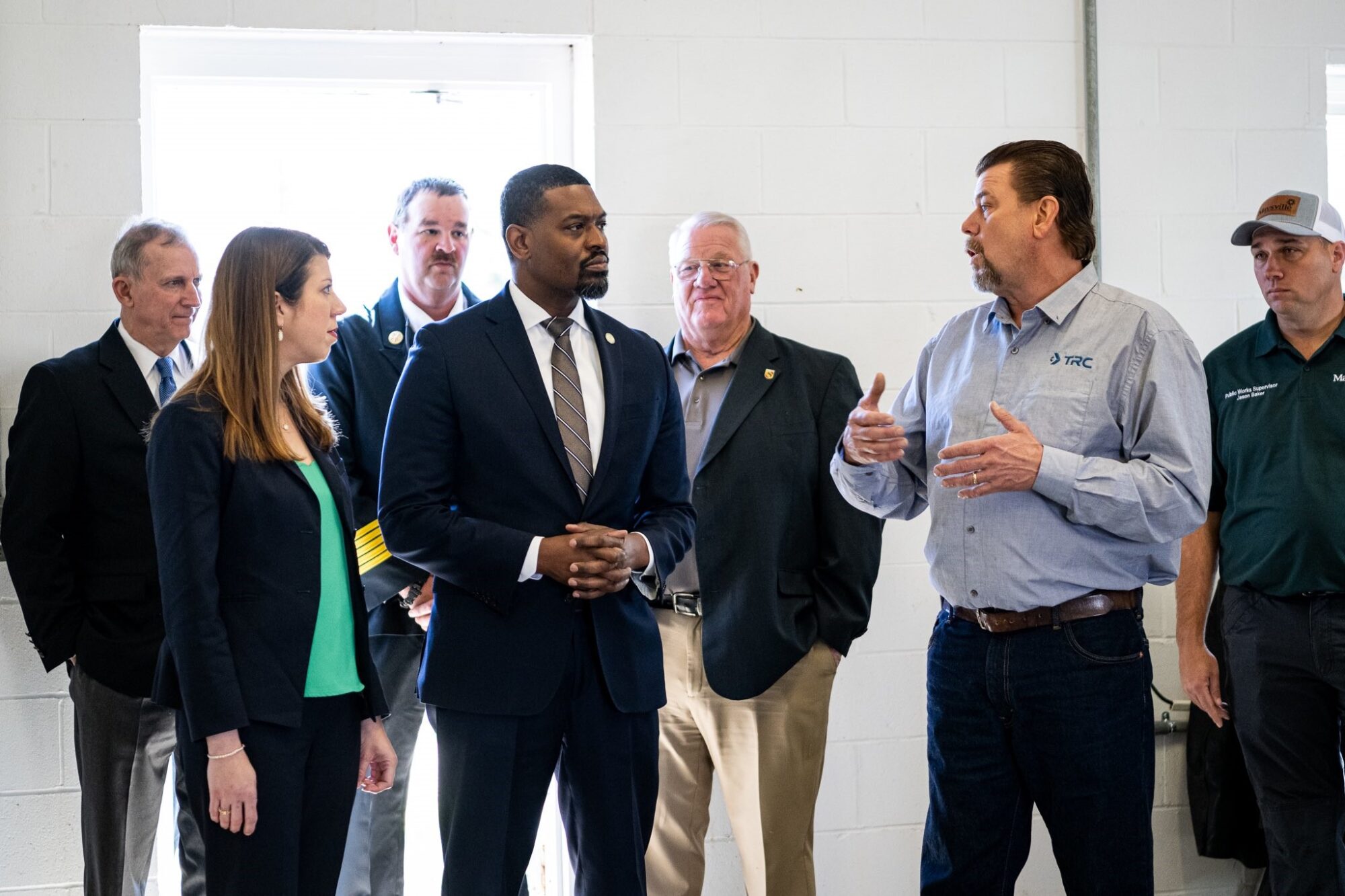
EPA Announces $2 Billion in Funding to Address Emerging Contaminants in Drinking Water
February 14, 2023
Environmental Protection Agency Administrator Michael Regan announced $2 Billion in infrastructure funding to help the nation’s rural water supplies.
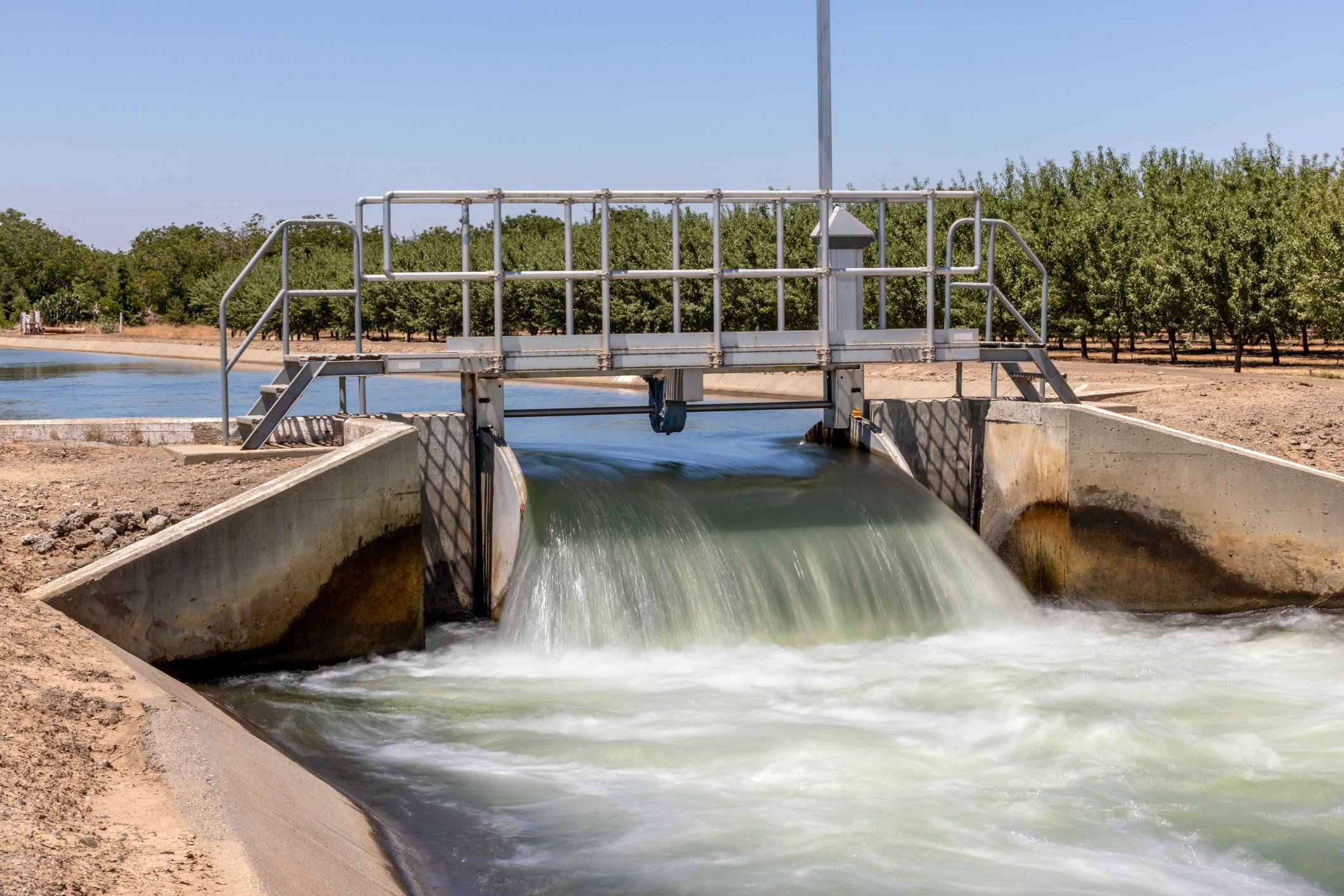
EPA Publishes Effluent Guidelines Program Plan 15
February 14, 2023
The EPA announced updated effluent limitations guidelines under Plan 15, focusing on the evaluation and rulemaking process for per- and polyfluoroalkyl substances (PFAS) discharges.

PFAS: Remedial Approaches
February 8, 2023
Remediating Per- and poly-fluoroalkyl substances (PFAS) from the soil and water requires effective techniques and innovative technologies. TRC’s experts are well versed in several remediation strategies intended to remove PFAS and prevent re-exposure.
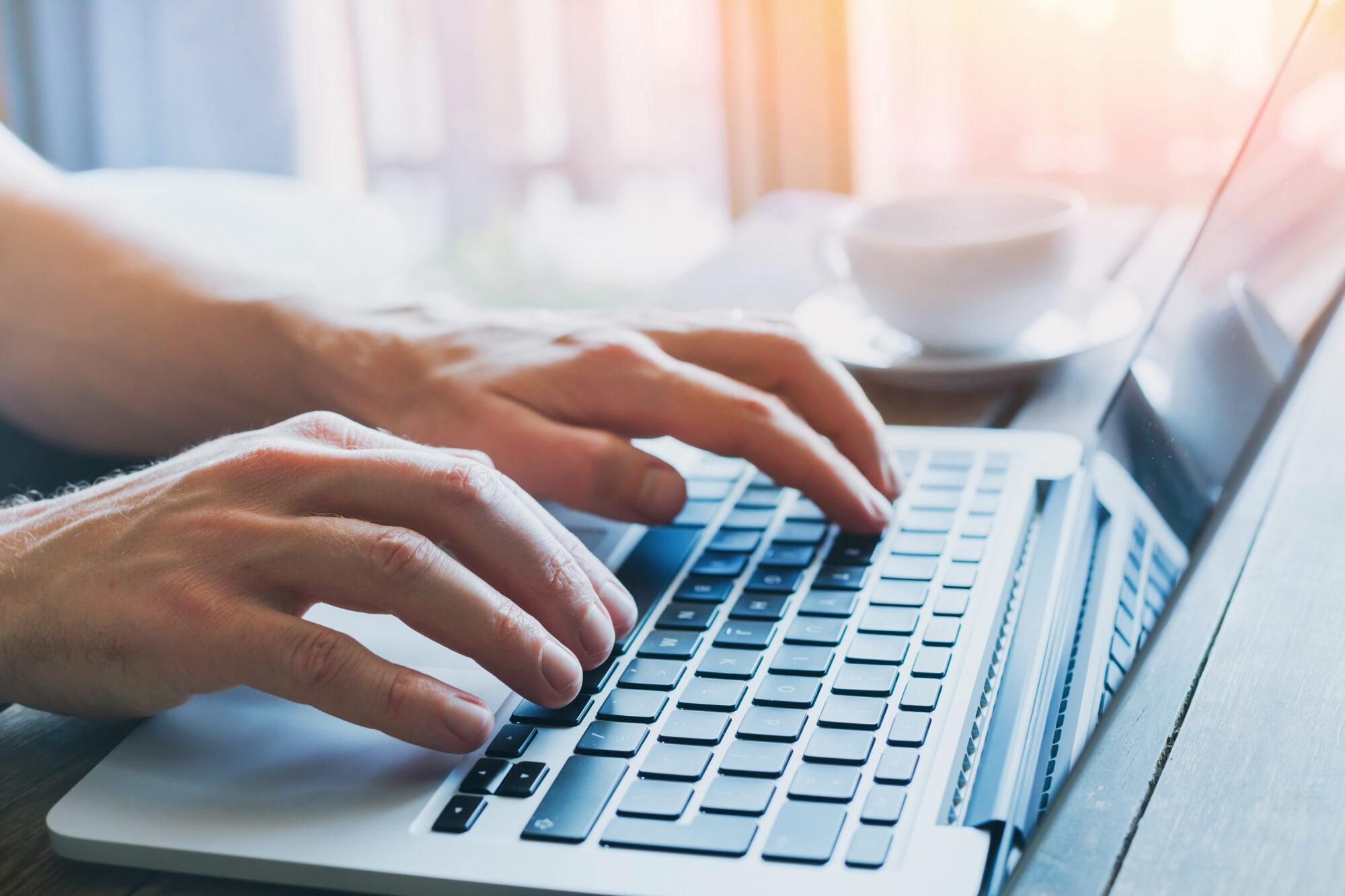
TRI PFAS Reporting Requirements Continue to Expand
January 25, 2023
The list of PFAS for TRI reporting has increased to a total of 189 for reporting year 2023.

PFAS Discharges in NPDES Permits
December 19, 2022
In a follow-up to the EPA Office of Water’s April 28, 2022 memo, EPA released “Part 2″, providing guidance for the NPDES permitting/pretreatment program as it relates to restricting discharges of PFAS to water bodies.

Washington State Establishes PFAS Cleanup Levels
September 21, 2022
The Washington State Department of Ecology (Ecology) recently published a list of 6 PFAS compounds that now have soil and groundwater cleanup levels

New National Emerging Contaminants Research Initiative
September 12, 2022
The Executive Office of the President of the United States announced a National Emerging Contaminant Research Initiative

EPA Issues Proposed Rule Designating PFOA and PFOS as Hazardous Substances
September 7, 2022
The EPA has issued a pre-publication version of a proposed rule to designate two PFAS compounds as hazardous substances under CERCLA.

Five New PFAS Added to EPA Regional Screening Levels (RSLs)
June 24, 2022
EPA announced the addition of five new PFAS to the list of Regional Screening Levels (RSLs)
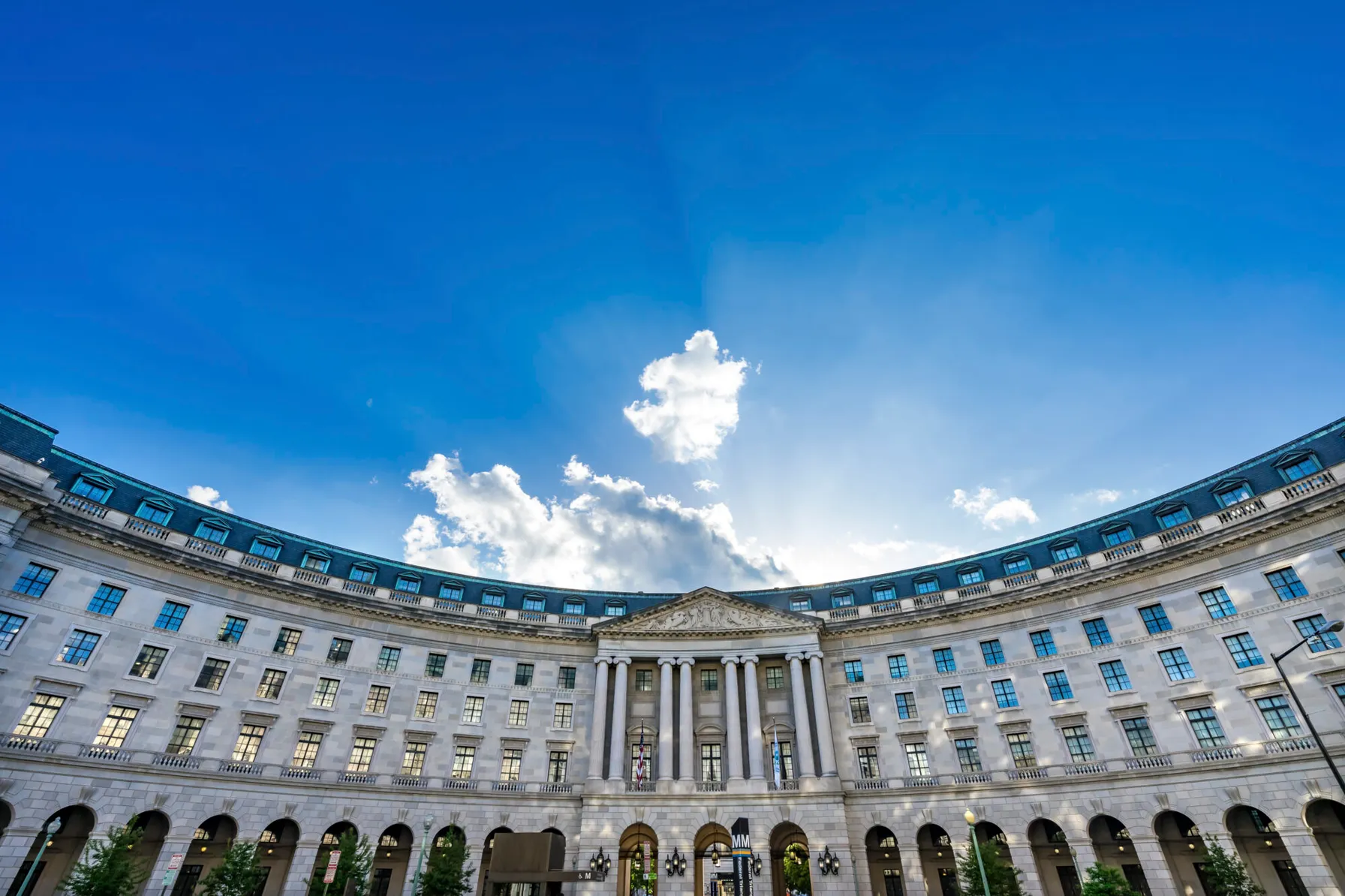
EPA Announces Updated Drinking Water Health Advisories for Four PFAS Chemicals: PFOS, PFOA, PFBS, & GenX
June 24, 2022
On June 15, 2022, the EPA released updated Health Advisory Levels for four per- and polyfluoroalkyl substances (PFAS) in drinking water

Integrating Sustainability, Digital Connectivity and Design Optimization in Wastewater Treatment Systems
June 20, 2022
Some organizations rarely think about water and wastewater treatment, until there is a problem. American industry depends on the ability to treat wastewater discharges while complying with regulatory standards and addressing emerging contaminants. If wastewater treatment fails, our environment is negatively impacted, and companies are exposed to shutdowns, delays and fines.
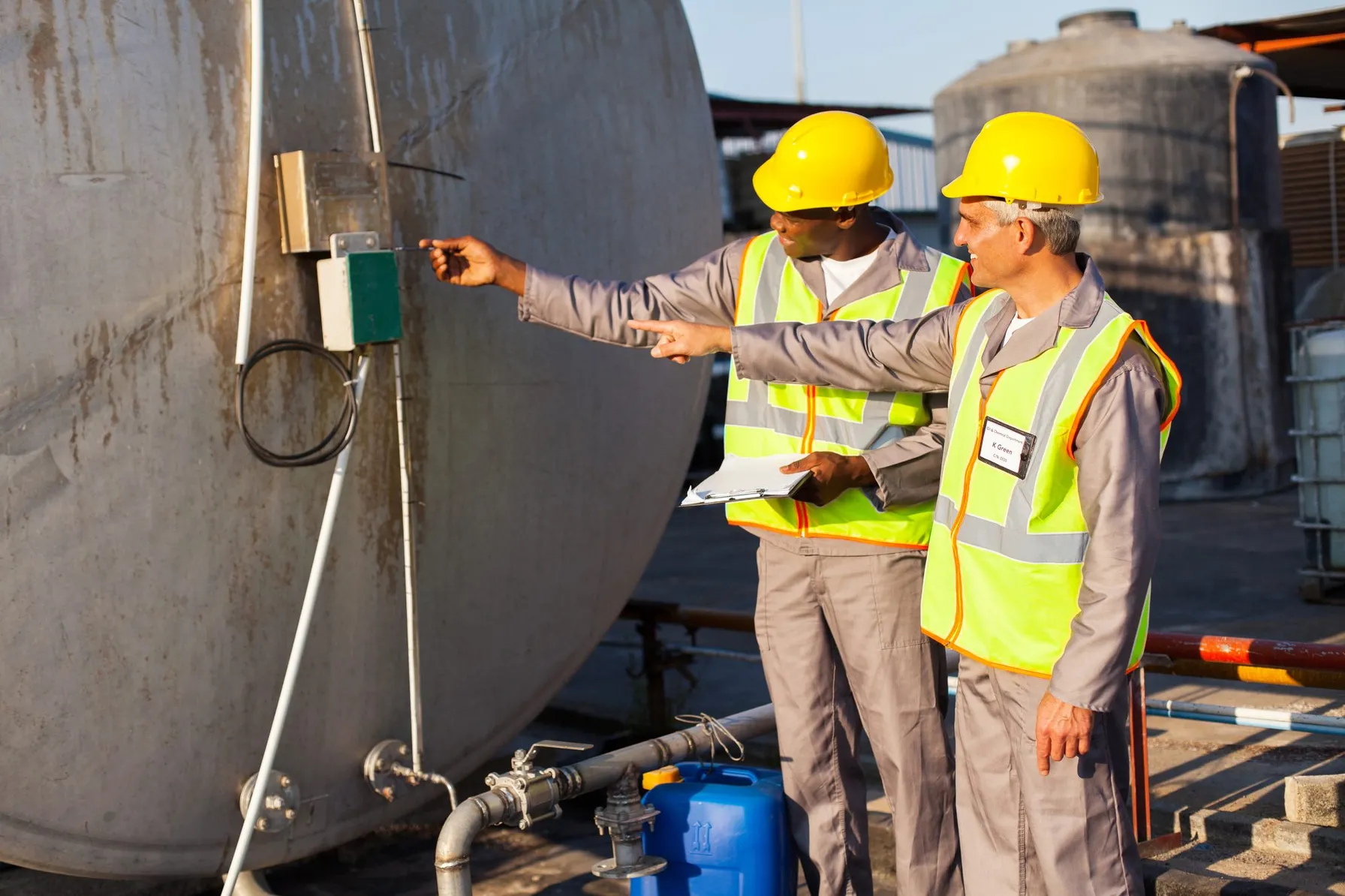
Worst Case Discharges of Hazardous Substances – Proposed Rule
May 25, 2022
In compliance with the Clean Water Act (CWA), the U.S. Environmental Protection Agency (EPA) recently proposed a new rule for onshore non-transportation-related facilities requiring specified facilities to plan for worst case discharges (WCDs) of CWA hazardous substances that could cause substantial harm to the environment.

PFAS Discharges and NPDES Permits
May 25, 2022
On April 28, 2022, the U.S. Environmental Protection Agency’s (EPA) Office of Water released a memo addressing the use of National Pollutant Discharge Elimination System (NPDES) permits to restrict per- and poly-fluoroalkyl substances (PFAS) discharges to water bodies.

EPA Proposes Aquatic Life Criteria for PFOA and PFOS
May 25, 2022
On May 3, 2022, under the Clean Water Act (CWA), the United States Environmental Protection Agency (USEPA) proposed the first aquatic life criteria for both short-term and long-term toxic effects from Perfluorooctanoic Acid (PFOA) and Perfluorooctane Sulfonic Acid (PFOS).

SEC Releases New Proposed Rules Requiring Public Companies to Disclose Climate Risks
April 12, 2022
On March 21, 2022, the U.S. Securities and Exchange Commission (SEC) issued its proposed rules for The Enhancement and Standardization of Climate-Related Disclosures for Investors which would require public companies in the U.S. to disclose information in their annual financial reports.

PFOA & PFOS As CERCLA Hazardous Substances: What Does This Mean and How Can You Be Prepared?
February 17, 2022
A plan to designate two per- and polyfluoroalkyl substances (PFAS) as “hazardous substances” under CERCLA was recently submitted by the EPA.

New Phase I ESA Standard Will Affect Environmental Due Diligence
January 25, 2022
After years of review, revisions and discussions, the new ASTM E1527 Phase I Environmental Site Assessment (Phase I ESA) standard has been published. The new standard includes updates to definitions, clarifications on processes and requirements, and guidance for emerging contaminants.

Fifth Unregulated Contaminant Monitoring Rule Lists 29 PFAS
January 21, 2022
EPA published fifth Unregulated Contaminant Monitoring Rule as required every five years and 29 of the 30 contaminants listed are PFAS.

Need help collecting PFAS samples for NJDEP deadline December 15?
October 7, 2021
NJDES Category B or L Industrial Permit holders – If you haven’t obtained your first PFAS sample yet, time is running out. All New Jersey Pollutant Discharge Elimination System (NJDES) Category B or L Industrial Permit holders are required by the New Jersey Department of Environmental Projection (NJDEP) to collect two representative effluent samples, taken 30 days apart, to be analyzed for PFAS by an approved laboratory and submitted to them by December 15, 2021.
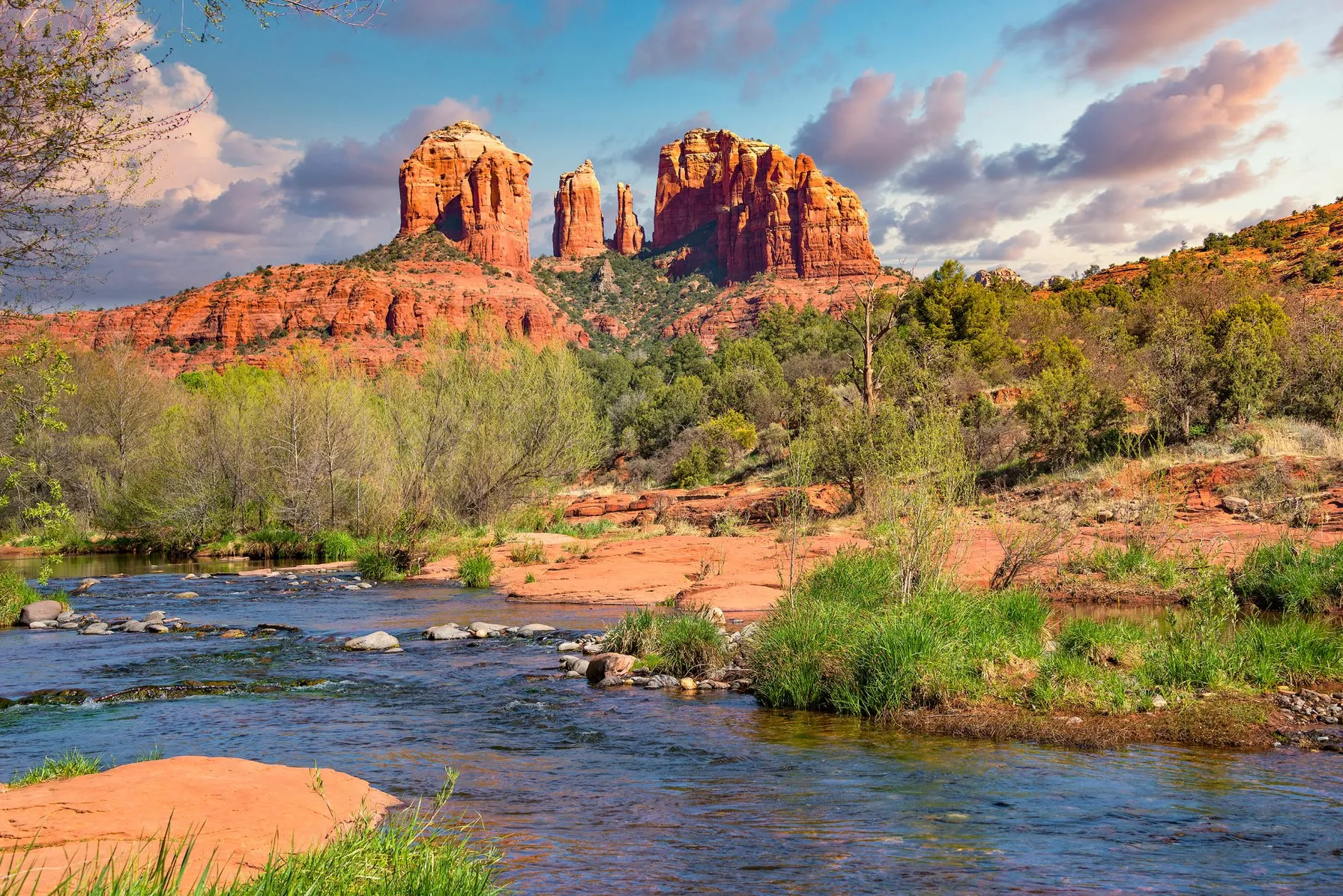
Interpretation of “Waters of the United States” (WOTUS) Reverts to Pre-2015 Regulatory Definition
September 29, 2021
Environmental Protection Agency (EPA) and U.S. Army Corps of Engineers (ACOE) revert to pre-2015 regulatory program definition of “Waters of the United States.”

EPA Solicits Comments on PFAS Discharges in Five Point Source Categories
September 23, 2021
EPA solicits comments in five point source categories (PSCs) in the manufacture, use, treatment and discharge of PFAS.

PFAS Air Emissions Standards and Trends for Summer 2021
August 17, 2021
Environmental impacts of PFAS in ambient air leads to states implementing PFAS air-related thresholds.

Cryptocurrency: The Environmental Threats and Opportunities
August 9, 2021
Cryptocurrency (also known as crypto) is taking the fintech industry by storm, despite the economic experts who still dismiss it as a viable form of currency. Although often criticized for this volatility, whistleblowers are also further shining a light on the severe toll that these digital currencies are taking on the environment.

TRC Colorado PFAS Regulatory Update
July 21, 2021
Update on Colorado’s recent policies and plans to regulate new and historical discharges of per- and polyfluoroalkyl substances (PFAS) into the environment.

2021 EPA TRI Reporting Requirements for Natural Gas Processing Facilities
July 12, 2021
Indication EPA finalizing a rule to add natural gas extraction or processing plants to EPCRA Toxics Release Inventory (TRI) reporting.

Implementing bioremediation at environmental cleanup sites: TRC experts weigh in at leading industry conference
May 17, 2021
TRC experts make several presentations at the Battelle conference about innovative approaches they have developed for implementing and monitoring bioremediation and the use of naturally-occurring or deliberately-introduced micro-organisms to break down environmental pollutants.
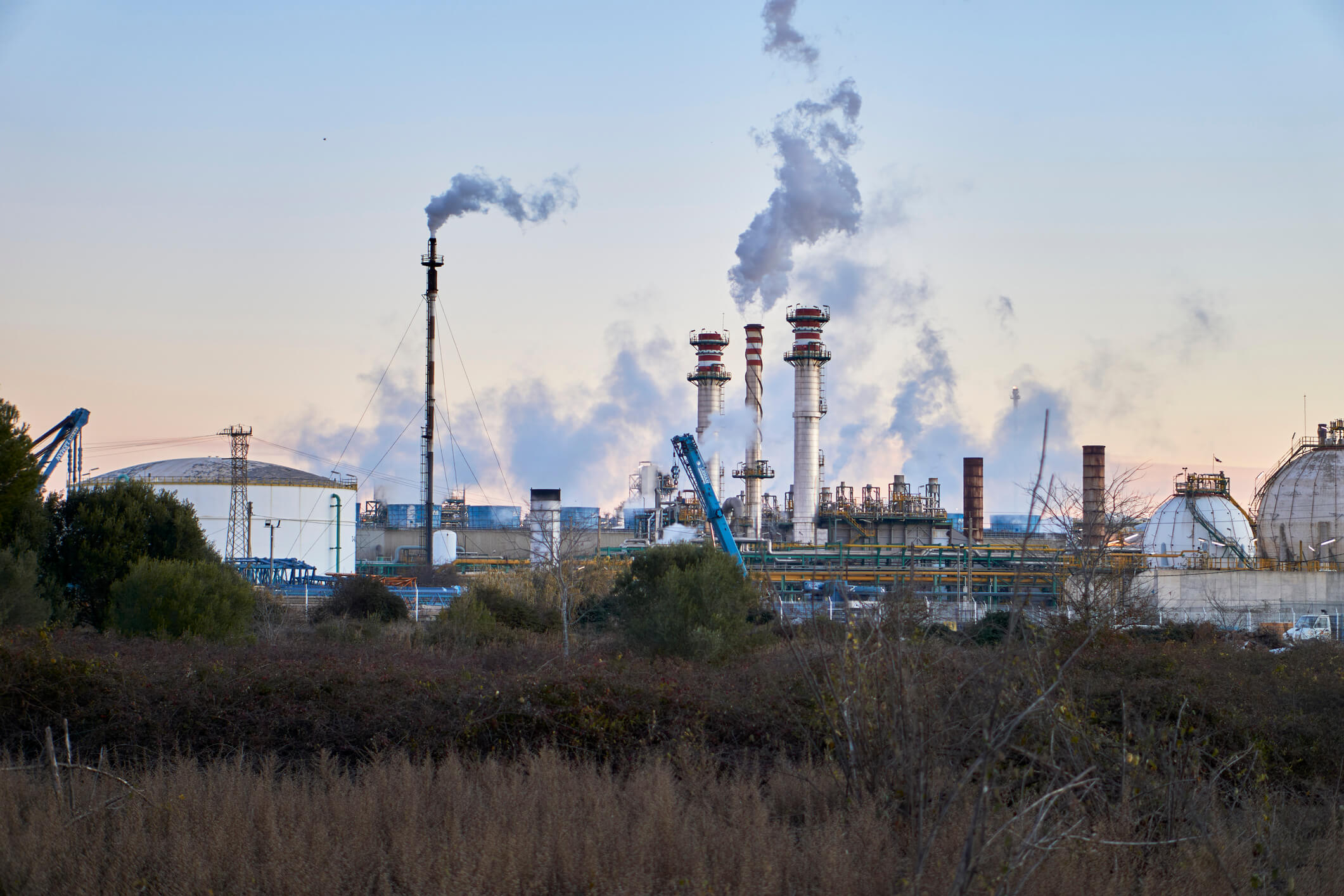
Interim Guidance on Destruction and Disposal of PFAS & Materials Containing PFAS
February 19, 2021
Interim Guidance from EPA identifies 6 materials that use or manufacture PFAS and approaches for disposal.

EPA continues to aggressively address PFAS wastewater with two new strategies
January 4, 2021
EPA takes steps toward PFAS wastewater and storm water permitting, and analytical methods for testing.

TRC Companies Inc. Acquires 1Source Safety and Health
November 11, 2020
TRC Companies (“TRC”), a leading technology-driven provider of end-to-end engineering, consulting and construction management solutions, has acquired 1Source Safety and Health, a firm that provides management consulting services in areas such as indoor air quality, asbestos management, industrial hygiene and safety management systems.

Ecological Risk of PFAS from AFFF-Impacted Sites
June 30, 2020
The facts on evaluating exposure to wildlife

TRC’s Reporting Tool Can Help Identify New PFAS under the TRI
May 19, 2020
While utilities often work in technical silos, NERC auditors are trained to cross check compliance evidence and data between interrelated standards.

Laura Trozzolo
Laura Trozzolo leads TRC’s Risk-Based Modeling / Risk Assessment Practice for TRC. In this role, Laura provides technical and regulatory oversight for a multitude of TRC projects and leads the company’s Risk Assessment Center of Research and Expertise (CORE) team, while supporting professional development of TRC’s risk assessment staff. She has 29 years of experience in human health risk assessment and risk management services (project management, data management, and regulatory compliance) for a multitude of sites, including US military installments, active/former refineries, and rail yards. She also serves as a technical specialist on fate and transport issues for TRC, including vapor intrusion, soil migration to groundwater, and groundwater lateral transport pathways. Contact Laura at LTrozzolo@trccompanies.com.

Jon Howard
Jon Howard leads business development for the emission segment of TRC’s Air Monitoring Services and serves as the primary contact for PFAS in air testing. Jon has over 30 years of experience in the emission testing industry with focus on complex testing programs. Jon has a BS Degree in Environmental Science and Engineering from Auburn University. He can be reached at jhoward@trccompanies.com.

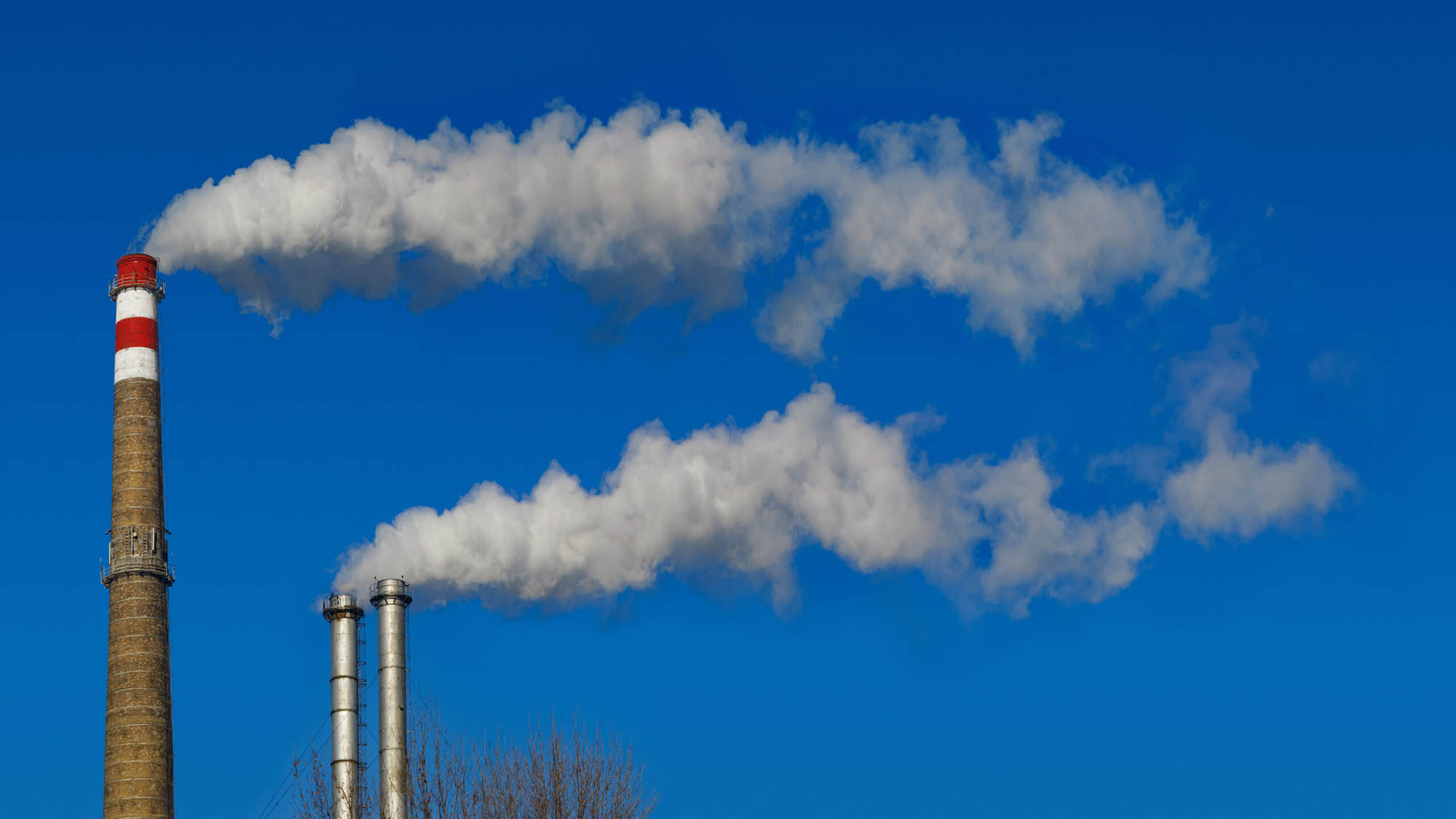

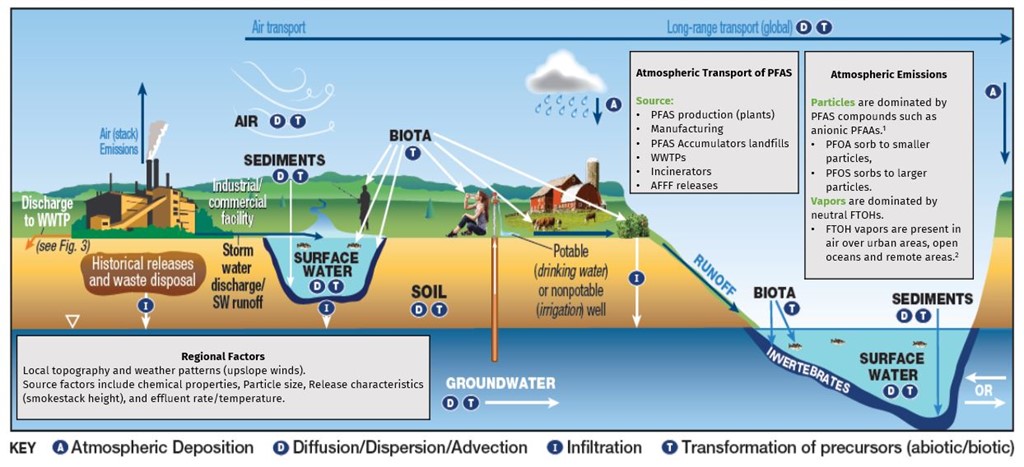 Identifying Emissions Source
Identifying Emissions Source
